Neem ( Vepa )
₹149
Neem (Azadirachta indica), often referred to as “Vepa” in India, is a majestic evergreen tree revered for its medicinal properties and ecological significance. Renowned as “Nature’s Pharmacy,” Neem has been used for centuries in Ayurvedic medicine to treat various ailments. Its versatility extends beyond medicinal uses, making it a valuable addition to any garden or landscape.
32 people are viewing this product right now
🔥 4 items sold in last 3 hours
Neem (Azadirachta indica), often referred to as “Vepa” in India, is a majestic evergreen tree revered for its medicinal properties and ecological significance. Renowned as “Nature’s Pharmacy,” Neem has been used for centuries in Ayurvedic medicine to treat various ailments. Its versatility extends beyond medicinal uses, making it a valuable addition to any garden or landscape.
Key Features & Benefits
- Medicinal Marvel: Neem extracts are widely used in herbal remedies for skin conditions, hair care, and immune system support.
- Natural Pest Repellent: Neem oil is a potent natural insecticide, protecting plants from a wide range of pests.
- Soil Enricher: Neem leaves, when composted, enrich the soil with essential nutrients.
- Air Purifier: Neem trees absorb pollutants and release oxygen, improving air quality.
- Aesthetics: Neem’s lush green foliage and fragrant white flowers add beauty to any landscape.
Plant Care Guide
Ideal Plantation Locations
Neem trees thrive in tropical and subtropical climates. They prefer well-drained, fertile soil and ample sunlight. They are drought-tolerant but can also withstand moderate rainfall.
Planting & Gardening Instructions
- Location: Choose a sunny location with well-drained soil.
- Soil Preparation: Dig a hole twice the size of the root ball and mix the soil with organic compost.
- Planting: Gently place the Neem sapling in the hole, ensuring the root ball is covered with soil.
- Spacing: Plant Neem trees at least 10-15 feet apart to allow for growth.
Watering
Water the newly planted Neem tree regularly, especially during dry periods. Once established, it requires minimal watering.
Fertilizers
Apply a balanced organic fertilizer once a year, preferably during the spring season.
Repotting Instructions
Re-potting is generally not necessary for Neem trees, as they are long-lived and can grow quite large. However, if you need to repot a young plant, choose a larger pot with well-draining soil.
Fruiting Season
Neem trees typically start fruiting after 3-5 years. The fruiting season varies depending on the climate, but it usually occurs during the summer months.
Usage Ideas
- Medicinal Uses: Neem leaves, bark, and seeds are used to make various herbal remedies.
- Natural Pest Control: Neem oil can be used to create homemade pesticides.
- Soil Enhancer: Neem leaves can be composted to improve soil fertility.
- Landscape Plants: Neem trees can be used as shade trees or ornamental plants.
Care Tips
- Pest Control: Monitor for pests like aphids and mealybugs. Neem oil can be used to control these pests.
- Pruning: Prune the tree to maintain its shape and remove dead or diseased branches.
- Mulching: Apply a layer of organic mulch around the base of the tree to conserve moisture and suppress weeds.
Only logged in customers who have purchased this product may leave a review.
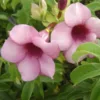
₹99
Related products
Designed, Developed & Maintained by Growww.
Copyright © 2024 Ashok Chakra Nursery

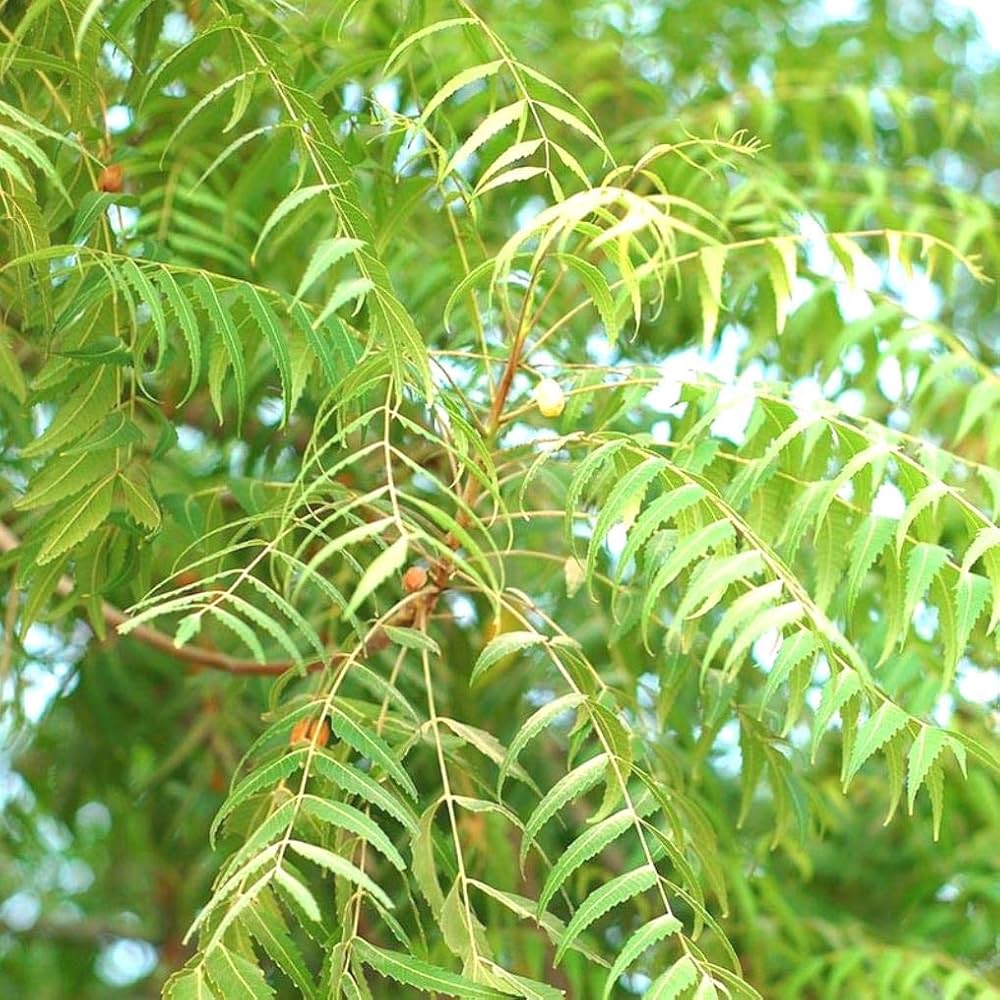
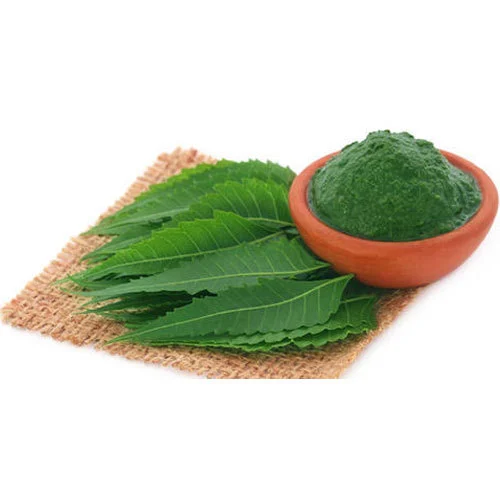
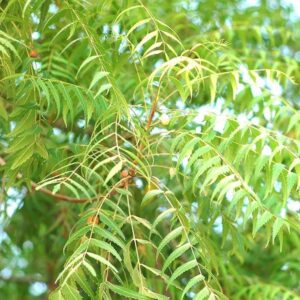
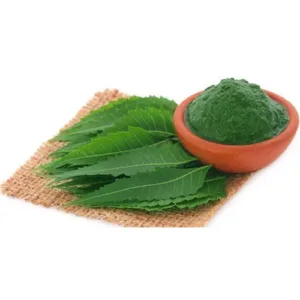
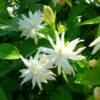
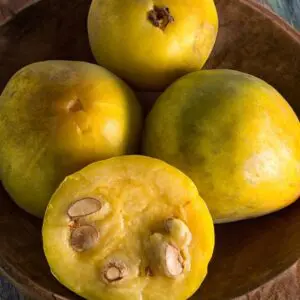
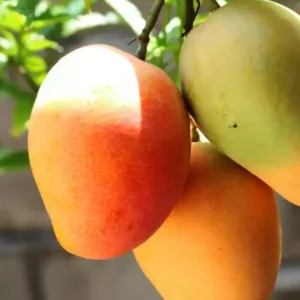
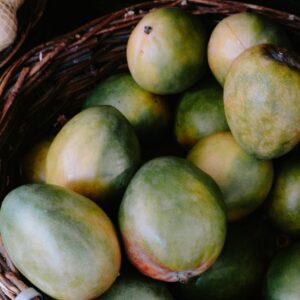
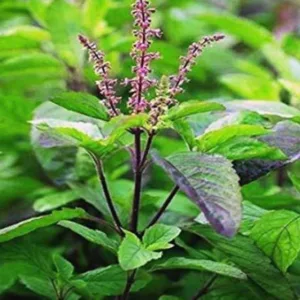
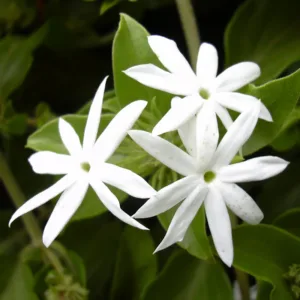
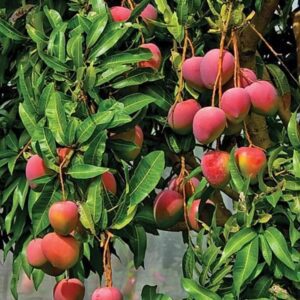
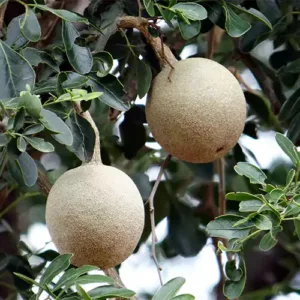
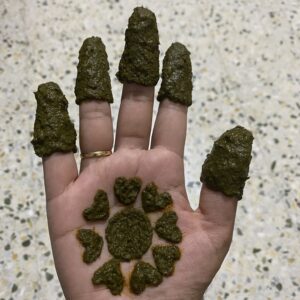
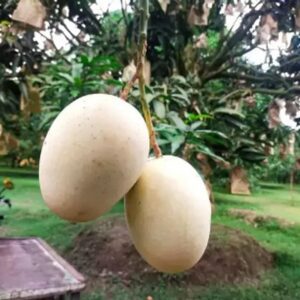
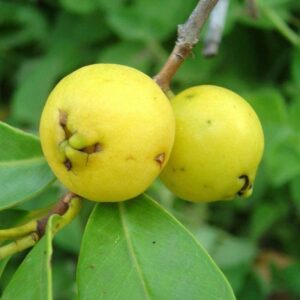
Reviews
There are no reviews yet.